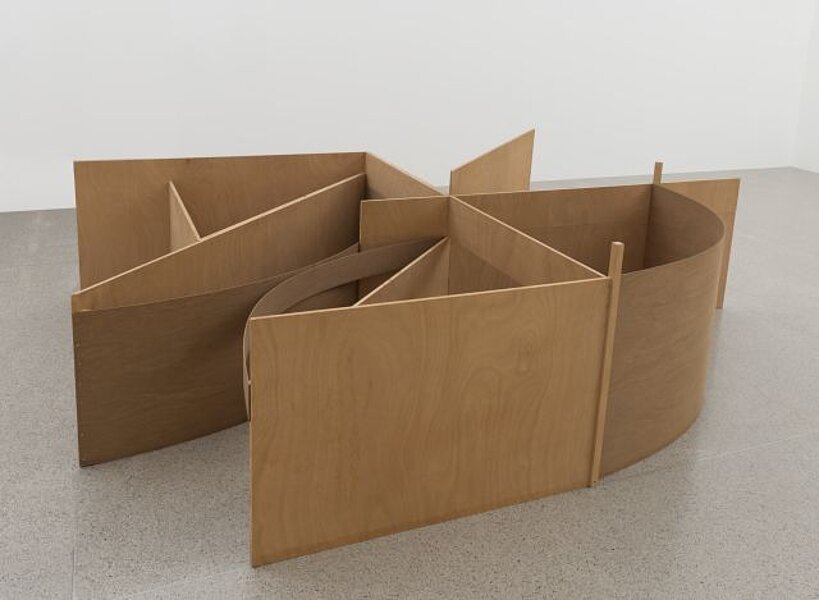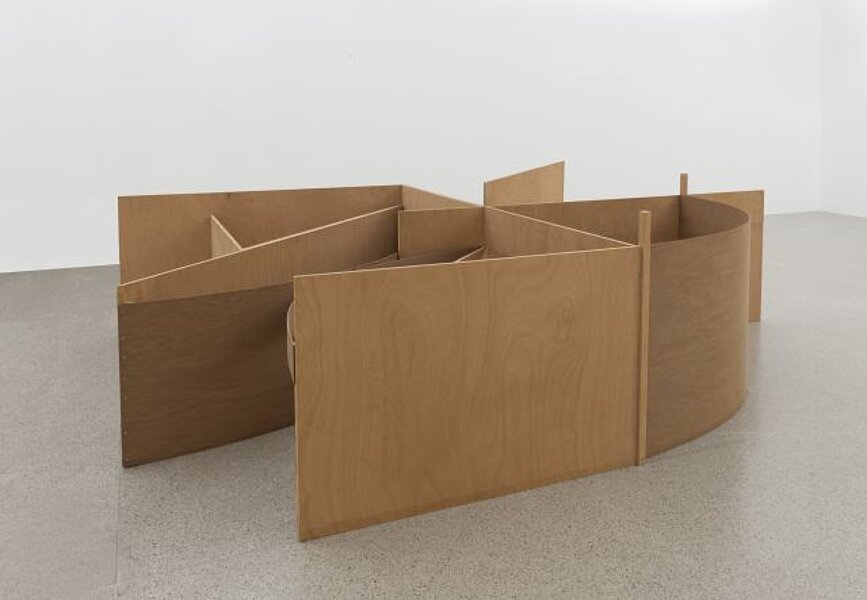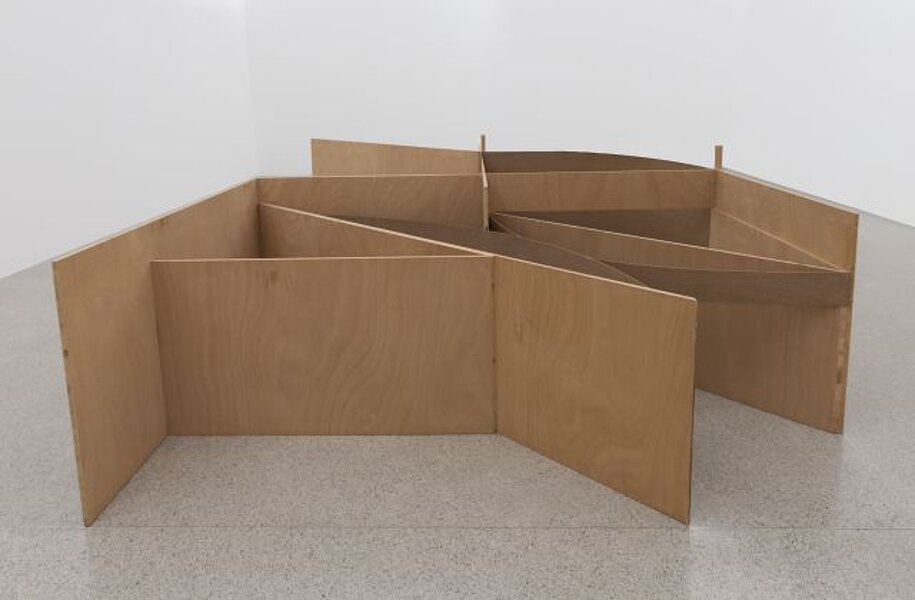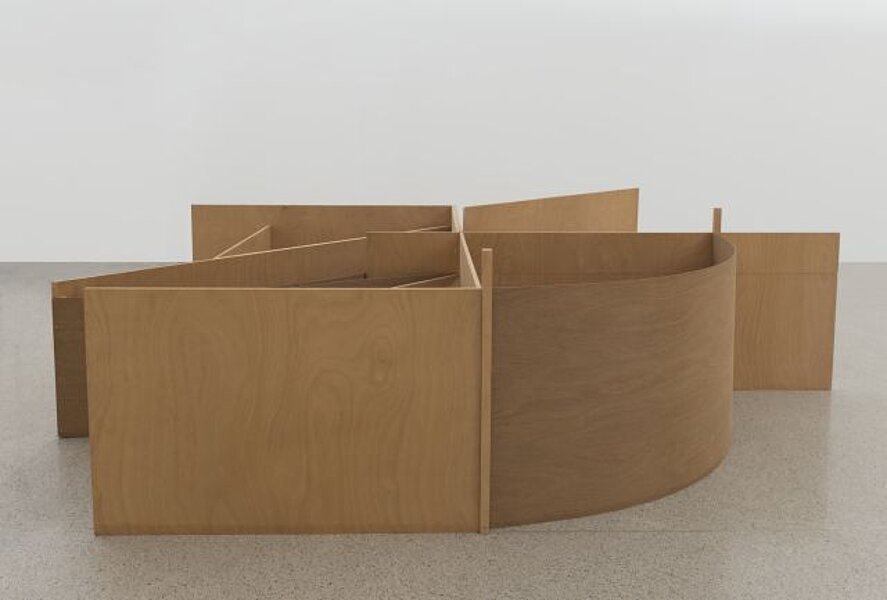
Kolíbal, Stanislav
Bau VI
Construction VI
1989
| Object description | Bent plywood |
|---|---|
| Object category | sculpture |
| Material |
Object:
plywood
|
| Technique |
Object:
sculpting
|
| Dimensions |
Object:
height: 198 cm,
width: 12,5 cm,
depth: 0,3 cm,
height: 279,3 cm,
width: 62,8 cm,
depth: 0,3 cm,
height: 198,2 cm,
width: 84,4 cm,
depth: 0,3 cm,
height: 124 cm,
width: 70 cm,
depth: 1,5 cm,
height: 252,5 cm,
depth: 3 cm,
height: 242,5 cm,
width: 21,5 cm,
depth: 1,5 cm,
height: 180,5 cm,
width: 84 cm,
depth: 1,5 cm,
height: 131 cm,
width: 84 cm,
depth: 3 cm,
height: 253 cm,
width: 84 cm,
depth: 3 cm,
height: 177,5 cm,
width: 4 cm,
depth: 4 cm,
height: 179 cm,
width: 97 cm,
depth: 1,5 cm,
height: 242,5 cm,
width: 62,5 cm,
depth: 1,5 cm,
height: 242,5 cm,
width: 62,5 cm,
depth: 1,5 cm,
height: 104 cm,
width: 246 cm,
depth: 320 cm
Objekt:
width: 70 cm
|
| Year of acquisition | 2007 |
| Inventory number | MP 21/0 |
| Creditline | Sammlung Dieter und Gertraud Bogner im mumok |
| Rights reference | Kolíbal, Stanislav |
| Further information about the person | Kolíbal, Stanislav [GND] |
| Literature | Leidenschaftlich Exakt.Sammlung Dieter und Gertraud Bogner im mumok |
In 1988 and 1989, Stanislav Kolibal made his first “building sculptures,” as he called them, including the large-scale work “Building VI.” This series of “buildings” was intended to stress the nature of the artworks as models, produced in two phases—first the technical drawing and then the implementation. The sheet of paper is divided into horizontal and vertical lines, producing coordinates onto which squares, triangles, circles, and segments of circles are added and moved about, and then further developed into a technical drawing involving diagonals and overlaps. Kolibal compares this way of working with the possible moves in a game of chess, but with the difference that each move can be withdrawn or repeated to achieve different results.” “You can take the drawing as a basic plan and then build a sculpture,” Kolibal says. “I just need a few thin walls, which are only vertical. That is enough.” “Building VI” consists of both straight and curved fiberboards, which move into the third dimension at different heights, creating an edifice with an open roof. Kolibal said: “Although I started off knowing the limits I had to work with, I still had an infinite space of freedom, of choice, and of decision. Every new line, every new circle or square created new constellations of mutual relations.”
© mumok – museum moderner kunst stiftung ludwig wien




